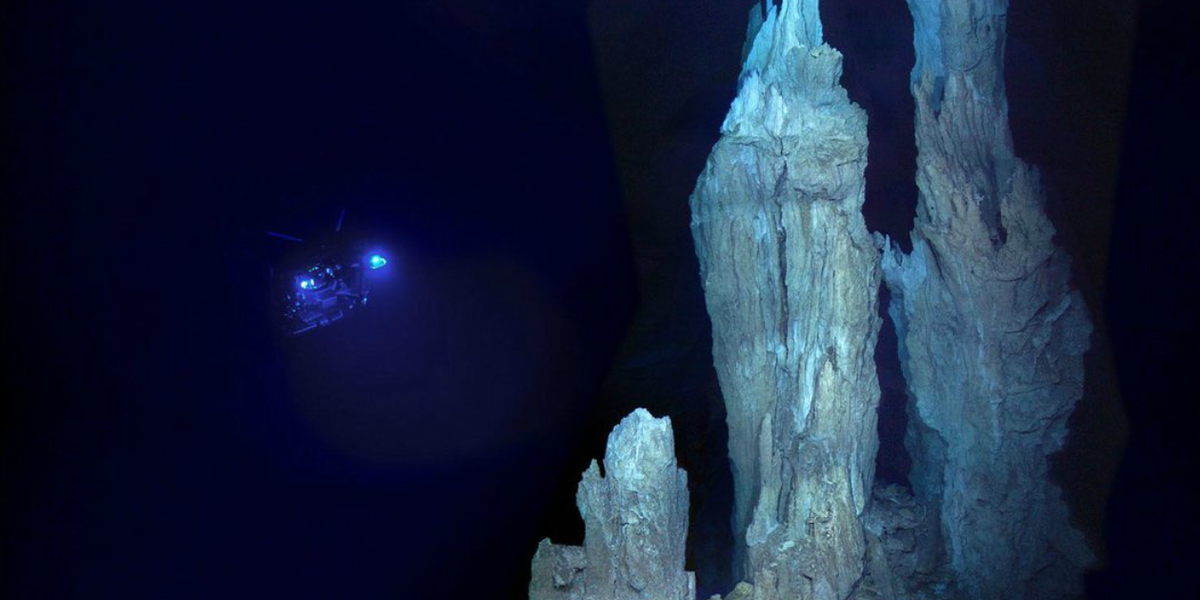Discover the breathtaking wonders hidden within our oceans that have mesmerized people for centuries. Get ready to step aside, Atlantis, because scientists have unearthed a real-life Lost City beneath the waves, and it’s alive with an abundance of life.
Nestled west of the Mid-Atlantic Ridge mountain range, deep within the Atlantic Ocean, lies a rocky landscape of towering walls, columns, and monoliths reaching over 60 meters in height. While it’s not the remnant of an ancient human civilization, the discovery of this hydrothermal field, known as the “Lost City,” in the year 2000, is extraordinary in its own right.
Unlike anything ever found on Earth, this underwater marvel has been thriving for over 120,000 years, supporting a diverse array of sea life such as snails, crustaceans, and microbial communities that feed off the vents emitting hydrogen, methane, and other dissolved gases.
Despite the extreme environmental conditions – void of oxygen – larger creatures like crabs, shrimps, and eels have also been observed to inhabit this remarkable Lost City. The hydrocarbons produced by its vents weren’t formed by sunlight or carbon dioxide, but through chemical reactions on the deep-sea floor, offering insights into the origins of life on our planet and possibly others.
Microbiologist William Brazelton even suggests that similar ecosystems could exist on moons like Enceladus and Europa, as well as in the past on Mars, sparking curiosity about possible life beyond Earth.
Named Poseidon, the tallest monolith in the Lost City stands over 60 meters high, with neighboring cliffs weeping fluid and adorned with delicate, multi-pronged carbonate growths, resembling the fingers of upturned hands.
As calls for the Lost City to be recognized as a World Heritage site intensify, concerns over deep-sea mining around the thermal field have emerged, highlighting the need to protect this invaluable natural wonder. This remarkable discovery serves as a testament to the boundless mysteries our oceans still hold and the need to preserve them for future generations.


